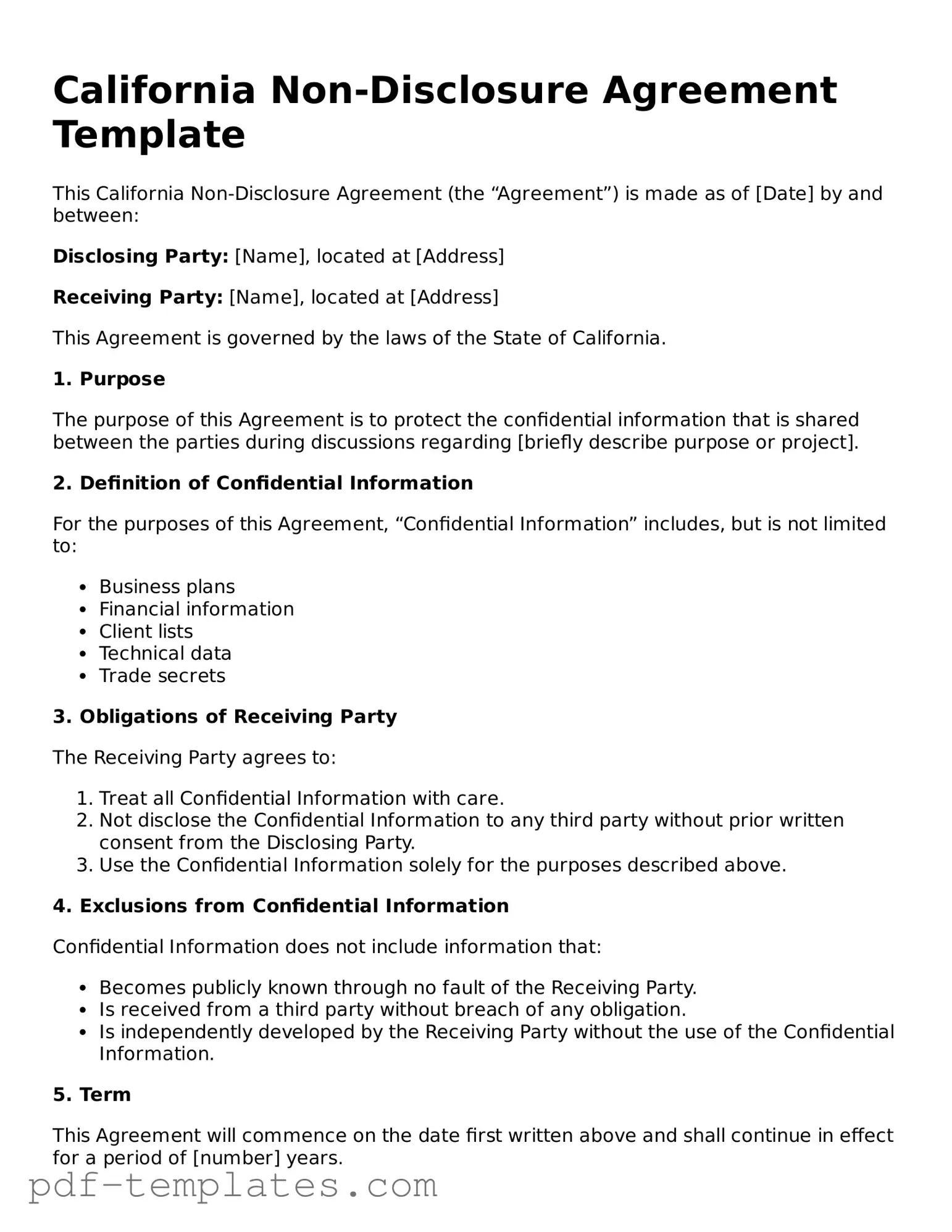A Non-Disclosure Agreement (NDA) is similar to a Confidentiality Agreement. Both documents aim to protect sensitive information from being disclosed to unauthorized parties. They create a legal obligation for the parties involved to keep certain information private. While NDAs are often used in business contexts, confidentiality agreements can also be applied in personal situations, such as when sharing private information with a friend or family member.
Another document akin to an NDA is a Non-Compete Agreement. This type of agreement restricts an individual from engaging in business activities that compete with their employer for a specified period after leaving the company. While NDAs focus on protecting confidential information, non-compete agreements are more concerned with preventing competition and protecting business interests.
A Mutual Non-Disclosure Agreement is also similar, as it involves two parties agreeing to share confidential information while protecting each other’s interests. Unlike a standard NDA, which may be one-sided, a mutual NDA ensures that both parties are bound by the same confidentiality obligations. This is particularly useful in joint ventures or partnerships where both parties need to share sensitive information.
Trade Secret Agreements share similarities with NDAs as they both protect proprietary information. Trade secret agreements specifically focus on safeguarding information that provides a business with a competitive edge, such as formulas, practices, or processes. Both types of agreements create a legal framework to prevent the unauthorized use or disclosure of valuable information.
Employment Agreements often contain confidentiality clauses that resemble NDAs. When an employee signs an employment agreement, they may also agree to keep certain information confidential. This ensures that sensitive company information, such as client lists or internal processes, remains protected during and after the employment period.
Licensing Agreements can also be compared to NDAs, as they may include terms that protect proprietary information. When a company licenses its products or technology to another entity, it often requires the licensee to keep certain information confidential. This protects the intellectual property of the licensor while allowing for collaboration and innovation.
Service Agreements, particularly those involving sensitive data or proprietary processes, may include confidentiality provisions similar to those found in NDAs. These agreements outline the terms of service between a provider and a client, ensuring that any shared information remains confidential. This is crucial in industries such as healthcare or finance, where sensitive information is frequently exchanged.
Lastly, a Partnership Agreement can incorporate confidentiality clauses that resemble NDAs. When two or more individuals enter into a partnership, they may share sensitive business information with each other. Including confidentiality provisions in the partnership agreement helps to ensure that this information is not disclosed to outside parties, thereby protecting the interests of all partners involved.
